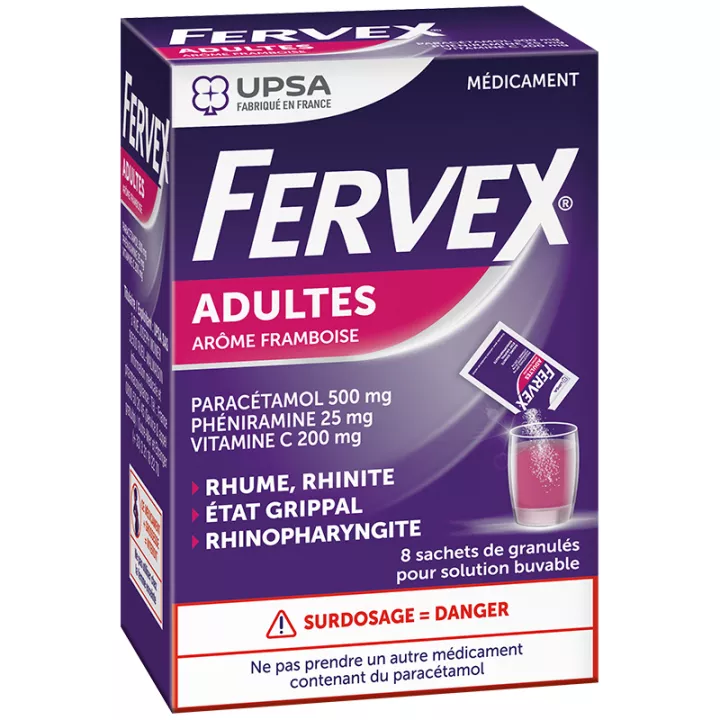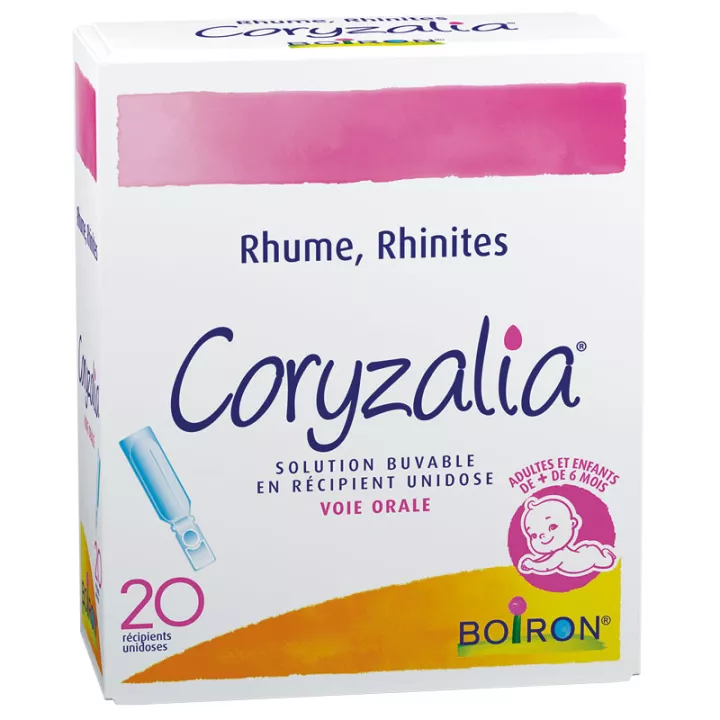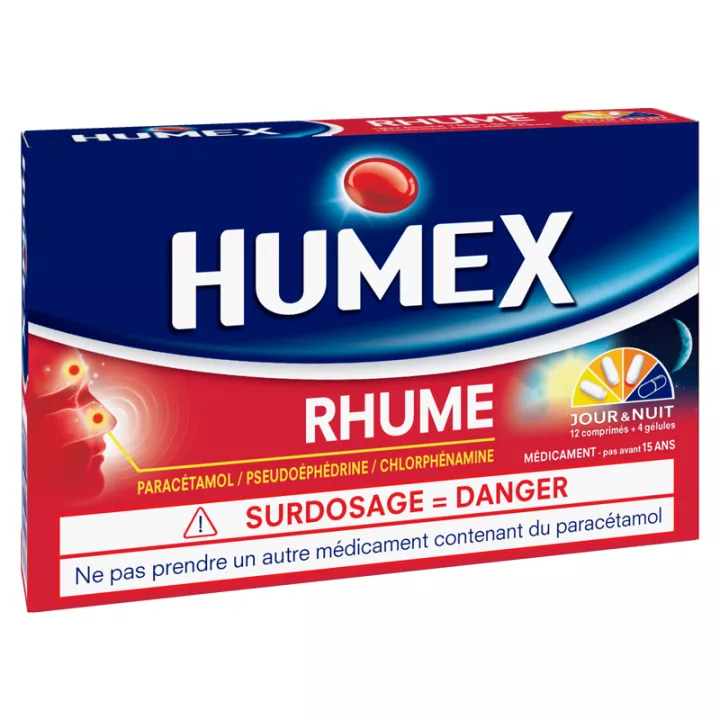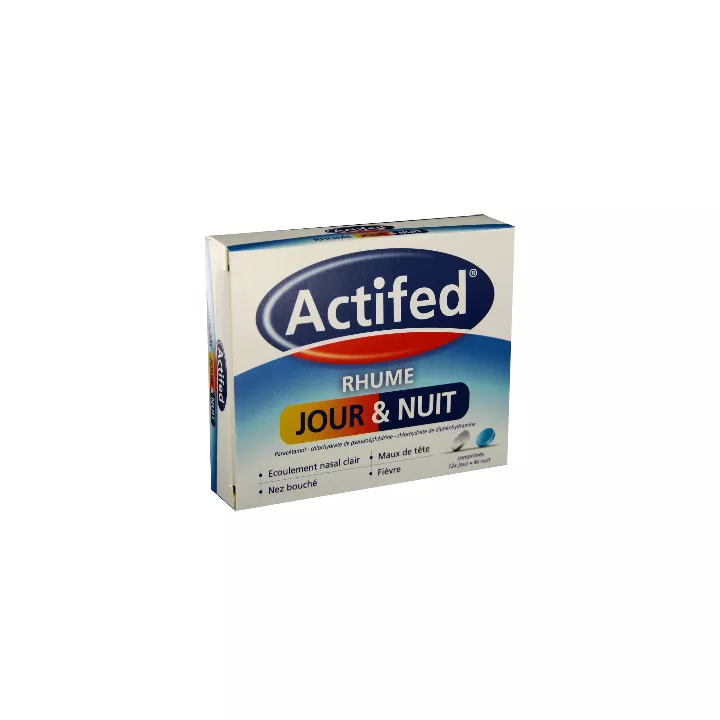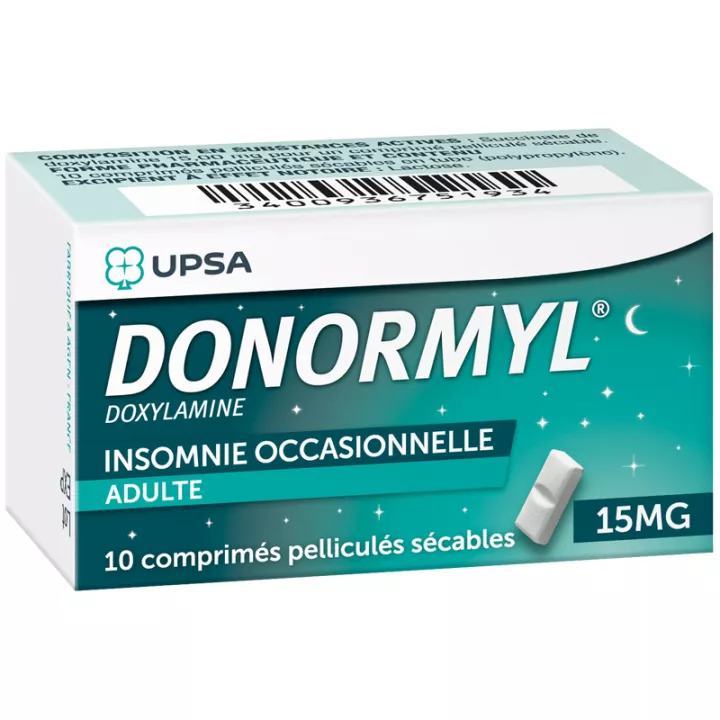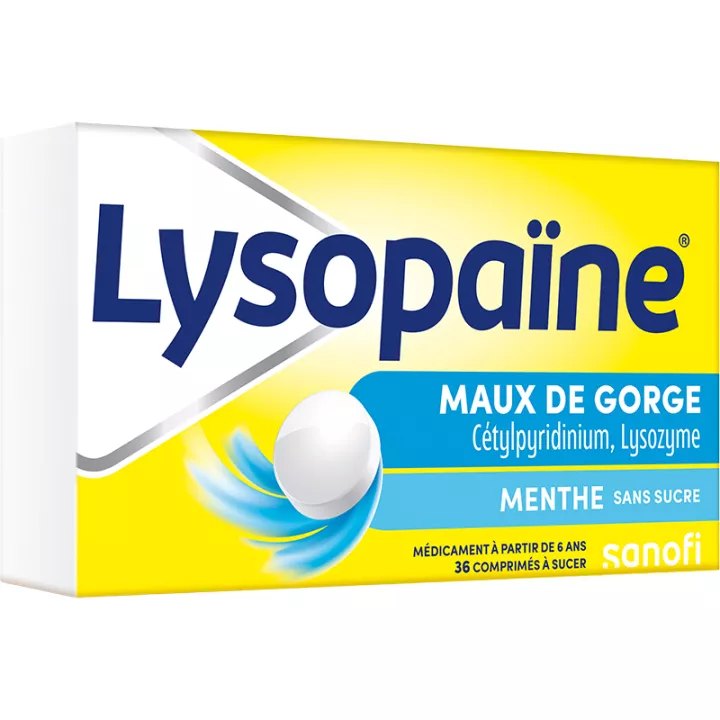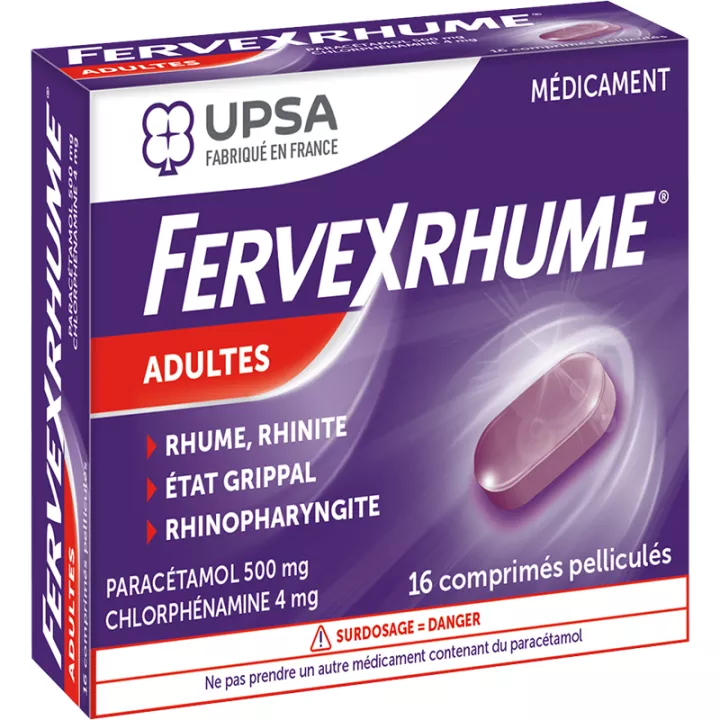NOTICE
ANSM - Updated on: 09/09/2015
Name of the medicinal product
FERVEX STATE GRIPPAL PARACETAMOL / VITAMIN C / PHENIRAMINE ADULTS FRAMBOISE, granules for oral solution in sachet
Paracetamol, ascorbic acid, pheniramine maleate
framed
Read this leaflet carefully before you start taking this medicine. It contains important information for your treatment.
· This medication can be used in self-medication, ie used without consultation or prescription from a doctor.
· If symptoms persist beyond 5 days of treatment, if they become worse or if new symptoms appear, seek the advice of your pharmacist or doctor.
· This leaflet is designed to help you use this medicine. Keep it, you may need to reread it.
DO NOT LEAVE THIS MEDICINE FOR CHILDREN.
Review summary
In this notice :
1. WHAT IS FERVEX CONTAINING PARACETAMOL / VITAMIN C / PHENIRAMINE ADULS FRAMBOISE, granules for oral solution in sachets AND WHAT CASES IS IT USED FOR?
2. BEFORE YOU TAKE FERVEX CONTAINING PARACETAMOL / VITAMIN C / PHENIRAMINE ADULTES FRAMBOISE, granules for oral solution in sachets?
3. HOW TO TAKE FERVEX CONTAINER PARACETAMOL / VITAMIN C / PHENIRAMINE ADULTS FRAMBOISE, granules for oral solution in sachet?
4. WHAT ARE POSSIBLE SIDE EFFECTS?
5. HOW TO STORE FERVEX PARACETAMOL / VITAMIN C / PHENIRAMINE ADULTES FRAMBOISE, granules for oral solution in sachet?
6. ADDITIONAL INFORMATION
1. WHAT IS FERVEX CONTAINING PARACETAMOL / VITAMIN C / PHENIRAMINE ADULS FRAMBOISE, granules for oral solution in sachets AND WHAT CASES IS IT USED FOR?
Pharmacotherapeutic group
Not applicable.
Therapeutic indications
This medication is indicated in adults and children over 15 years of age in the treatment of colds, rhinitis, nasopharyngitis and influenza conditions:
· clear nasal discharge and tears,
· sneezing,
· headache and / or fever.
2. BEFORE YOU TAKE FERVEX CONTAINING PARACETAMOL / VITAMIN C / PHENIRAMINE ADULTES FRAMBOISE, granules for oral solution in sachets?
List of information needed before taking the medication
If your doctor has told you about an intolerance to some sugars, contact your doctor before taking this medicine.
Cons-indications
Do not take FERVEX PARACETAMOL / VITAMIN C / PHENIRAMINE ADULTES RASPBERRY, granules for oral solution in sachets if:
· child under 15 years of age,
· in case of a history of allergy to the constituents of the product,
· in cases of certain forms of glaucoma (increased pressure in the eye),
· in case of difficulties to urinate of prostatic or other origin,
· in the case of severe liver disease due to the presence of paracetamol.
You should not use this medication unless you are advised to do so by your doctor during pregnancy and breast-feeding.
IN CASE OF DOUBT, IT IS ESSENTIAL TO ASK FOR THE OPINION OF YOUR DOCTOR OR YOUR PHARMACIST.
Precautions for use; special warnings
Take special care with FERVEX STATE GRIPPAL PARACETAMOL / VITAMIN C / PHENIRAMINE ADULTS RASPBERRY, granules for oral solution in sachet:
Special warnings
DO NOT LEAVE THIS MEDICINE FOR CHILDREN.
· it is imperative to strictly observe the dosage, the duration of treatment of 5 days, and the contraindications.
· the absorption of alcoholic beverages, medicines containing alcohol or sedative drugs is discouraged during treatment.
|
In case of overdosage or overdose, consult your doctor immediately. This medicine contains paracetamol and pheniramine. Other medicines contain it.
Do not combine them, so as not to exceed the recommended daily dose ( see section "Dosage" ).
|
Tell your pharmacist or doctor if you are taking any other medicines for the same period.
The use of this medication is not recommended in patients with fructose intolerance, glucose-galactose malabsorption syndrome or sucrase / isomaltase deficiency (rare hereditary diseases).
This medicinal product contains 11.5 g saccharose per sachet, which must be taken into account in the daily diet for a diet low in sugar or diabetes.
This medication contains an azo dye (E110) and may cause allergic reactions.
If you suffer:
· severe liver or kidney disease,
· predisposition to constipation, dizziness and urinary problems, this medication should only be used after consulting your doctor.
Precautions for use
In case of: purulent nasal discharge, persistence of fever, absence of improvement after 5 days of treatment, CONSULT YOUR DOCTOR.
Interaction with other medicines
Taking other medicines
Tell your doctor or pharmacist of all prescription and nonprescription / herbal products you may use before using this medication.
|
To avoid the adverse effects of overdosage, DO NOT ASSOCIATE WITHOUT MEDICAL ADVICE other medicines containing antihistamines or paracetamol.
IN CASE OF DOUBT, DO NOT HESITATE TO ASK FOR THE OPINION OF YOUR DOCTOR OR YOUR PHARMACIST.
|
Interactions with food and beverages
Food and drinks
This medication may cause alcohol-induced drowsiness: it is best to start treatment at night and refrain from alcoholic beverages during the course of treatment.
Interactions with Herbal Medicines or Alternative Therapies
Not applicable.
Use during pregnancy and lactation
|
Ask your doctor or pharmacist for advice before taking any medicine.
|
Pregnancy
Taking this medication is not recommended during pregnancy.
feeding
Taking this medication is not recommended during breast-feeding.
Sport
Not applicable.
Effects on ability to drive or use machines
Driving and using machines
Attention is drawn, especially among vehicle drivers and machine users about the possibilities of drowsiness or decreased vigilance attached to the use of this drug.
This is exacerbated by the use of alcoholic beverages, medicines containing alcohol or sedative drugs.
List of excipients with known effect
Important information about some of the ingredients of FERVEX STATE GRIPPAL PARACETAMOL / VITAMIN C / PHENIRAMINE ADULTES FRAMBOISE, granules for oral solution in sachet
Sucrose, orange-yellow S (E110).
3. HOW TO TAKE FERVEX CONTAINER PARACETAMOL / VITAMIN C / PHENIRAMINE ADULTS FRAMBOISE, granules for oral solution in sachet?
Instructions for proper use
Not applicable.
Dosage, Mode and / or route (s) of administration, Frequency of administration and Duration of treatment
Dosage
Reserved for adults and children over 15 years of age
1 sachet to be renewed if necessary after 4 hours minimum, without exceeding 3 sachets per day.
Method and route of administration
Oral use.
The bags should be taken in a sufficient quantity of water, cold or hot.
During the flu-like conditions, it is best to take this medicine in warm water at night.
Frequency of Administration
In case of renal insufficiency, (creatinine clearance less than 10 ml / min), the interval between 2 catches will be at least 8 hours.
Duration of treatment
The maximum duration of treatment is 5 days.
Symptoms and Instructions for Overdose
If you take more FERVEX PARACETAMOL / VITAMIN C / PHENIRAMINE ADULTES RASPBERRY, granules for oral solution in a sachet you should not have:
STOP TREATMENT AND IMMEDIATELY CONSULT A DOCTOR.
Instructions for omission of one or more doses
If you forget to take FERVEX STATE GRIPPAL PARACETAMOL / VITAMIN C / PHENIRAMINE ADULTS FRAMBOISE, granules for oral solution in sachet:
DO NOT TAKE A DOUBLE DOSE TO COMPENSATE THE SIMPLE DOSE YOU FORGET TO TAKE.
Risk of withdrawal syndrome
If you stop taking FERVEX CONTAINER PARACETAMOL / VITAMIN C / PHENIRAMINE ADULS RASPBERRY, granules for oral solution in sachet:
Not applicable.
If you have any further questions on the use of this medication, ask your doctor or pharmacist.
4. WHAT ARE POSSIBLE SIDE EFFECTS?
Description of adverse reactions
Like all medicines, FERVEX STATE GRIPPAL PARACETAMOL / VITAMIN C / PHENIRAMINE ADULTES FRAMBOISE, granules for oral solution in sachet is likely to have undesirable effects, although not everyone is subject to it.
· The onset of an acute glaucoma crisis in predisposed subjects.
· Urinary problems (significant decrease in urine, difficulty urinating).
· Dry mouth, visual disturbances, constipation.
· Memory or concentration disorders, confusion, dizziness (more common in the elderly).
· A motor incoordination, trembling.
· Drowsiness, decreased vigilance, more marked at the beginning of treatment.
· A drop in blood pressure when standing up may be accompanied by dizziness.
· In some rare cases, it is possible that a rash or reddening or allergic reaction can occur, which can be manifested by a sudden swelling of the face and neck or by a sudden discomfort with drop in blood pressure. Immediately stop treatment, tell your doctor and never take any medicines containing paracetamol or pheniramine.
· Exceptionally, biological changes requiring control of the blood balance have been observed: abnormally low levels of certain white blood cells or certain blood cells such as platelets that can result in nosebleeds or gums. In this case, consult a doctor.
If you notice any side effects not listed in this leaflet, or if any of the side effects gets serious, contact your doctor or pharmacist.
5. HOW TO STORE FERVEX CONTAINING PARACETAMOL / VITAMIN C / PHENIRAMINE ADULTS FRAMBOISE, granules for oral solution in sachet?
Keep out of the reach and sight of children.
Expiration date
Do not use FERVEX STATE GRIPPAL PARACETAMOL / VITAMIN C / PHENIRAMINE ADULS RASPBERRY, granules for oral solution in sachets after the expiry date stated on the box. The expiry date refers to the last day of the month.
Storage conditions
Store at a temperature not exceeding 25 ° C.
If necessary, warnings against visible signs of deterioration
Medicines should not be disposed of via wastewater or household waste. Ask your pharmacist what to do with unused medications. These measures will help protect the environment.
6. ADDITIONAL INFORMATION
Full list of active substances and excipients
What does FERVEX STATE GRIPPAL PARACETAMOL / VITAMIN C / PHENIRAMINE ADULTES FRAMBOISE contain, granules for oral solution in sachet?
The active substances are:
One sachet contains 0.500 g of paracetamol, 0.200 g of ascorbic acid and 0.025 g of pheniramine maleate.
The other components are:
Gum arabic, citric acid anhydrous, saccharin sodium, sucrose, aroma raspberry (containing orange yellow S (E110)).
Pharmaceutical form and content
What is FERVEX STATE GRIPPAL PARACETAMOL / VITAMIN C / PHENIRAMINE ADULS FRAMBOISE, granules for oral solution in sachet and contents of the pack?
This medicinal product is in the form of granules for oral solution in sachets. The pellets are light pink to light beige.
Box of 6 or 8 sachets.
Not all pack sizes may be marketed.
Name and address of the marketing authorization holder and the holder of the manufacturing authorization responsible for the release of the lots, if different
Holder
UPSA SAS
3 RUE JOSEPH MONIER
92500 RUEIL-MALMAISON
exploiting
UPSA SAS
3 RUE JOSEPH MONIER
92500 RUEIL-MALMAISON
Maker
UPSA SAS
979, AVENUE DES PYRENEES
47520 THE PASSAGE
or
UPSA SAS
304, AVENUE OF DOCTOR JEAN BRU
47000 AGEN
Names of the medicinal product in the Member States of the European Economic Area
Not applicable.
Date of approval of the notice
The last date on which this leaflet was approved is {date}.
AMM under exceptional circumstances
Not applicable.
Internet Information
Detailed information on this medicine is available on the Afssaps website (France).
Information for health professionals only
Not applicable.
Other
ADVICE / HEALTH EDUCATION
DECONGESTING FOR SYSTEMIC USE
This medication is used in the treatment of stuffy nose sensation and headache and / or fever during colds in adults and children over 15 years of age.
The common cold is a very common acute benign infection that affects the nasal mucosa (inner lining of the nose).
This mucous membrane secretes a liquid whose role is to constantly moisten the inspired air and to fight against the infectious agents. When this mucous membrane is irritated, it swells and increases its usual fluid secretion, so that the nose "flows".
In order to limit the onset of symptoms, respect the following hygiene rules as much as possible:
· Wash hands regularly, especially before meals or during preparation.
· cover your mouth when you cough or sneeze;
· blow your nose often with disposable handkerchiefs (not to recontaminate) and dispose of them in a trash can immediately after use and then wash your hands;
· when using a nasal solution, avoid using the same nosepiece for all family members.
· avoid visiting a young child and her newborn, an elderly person, or a person treated with immunosuppressive drugs (corticosteroids, medicines for blood or cancer). In these cases, wearing the mask is recommended.
For your comfort:
· drink enough;
· moisten the nasal mucosa with suitable washing solutions (physiological saline, sprays of thermal water or sea water). Avoid using the same nosepiece for the whole family.
· avoid smoking or breathing the smoke of others,
· sleeping the raised head to improve the airflow in the nostrils and sleeping enough;
· protect the skin of the upper lip and nostrils by a cream if the repetition of the flies tends to irritate the skin;
· avoid air conditioners that dehumidify the air and dry the nasal mucous membranes, the ideal room temperature should be around 18-20 ° C;
· aerate the parts regularly.
"WHAT TO DO IN THE EVENT OF FEVER":
The normal temperature of the body varies from one individual to another and is between 36 ° 5 and 37 ° 5.
An increase of more than 0 ° 8 is considered a fever.
In adults: If the disorders that it causes are too troublesome, you can take this medicine which contains paracatémol in the dosages indicated.
With this medication, the fever should drop rapidly. Nevertheless :
· if other signs appear (such as a rash),
· if the temperature persists for more than 3 days or if it worsens,
· if the headache becomes violent, or in case of vomiting,
CONSULT YOUR DOCTOR IMMEDIATELY.
"WHAT TO DO IN CASE OF PAIN":
· In the absence of improvement after 5 days of treatment,
· If the pain returns regularly,
· If accompanied by fever,
· If she wakes you up at night,
CONSULT YOUR DOCTOR IMMEDIATELY.

